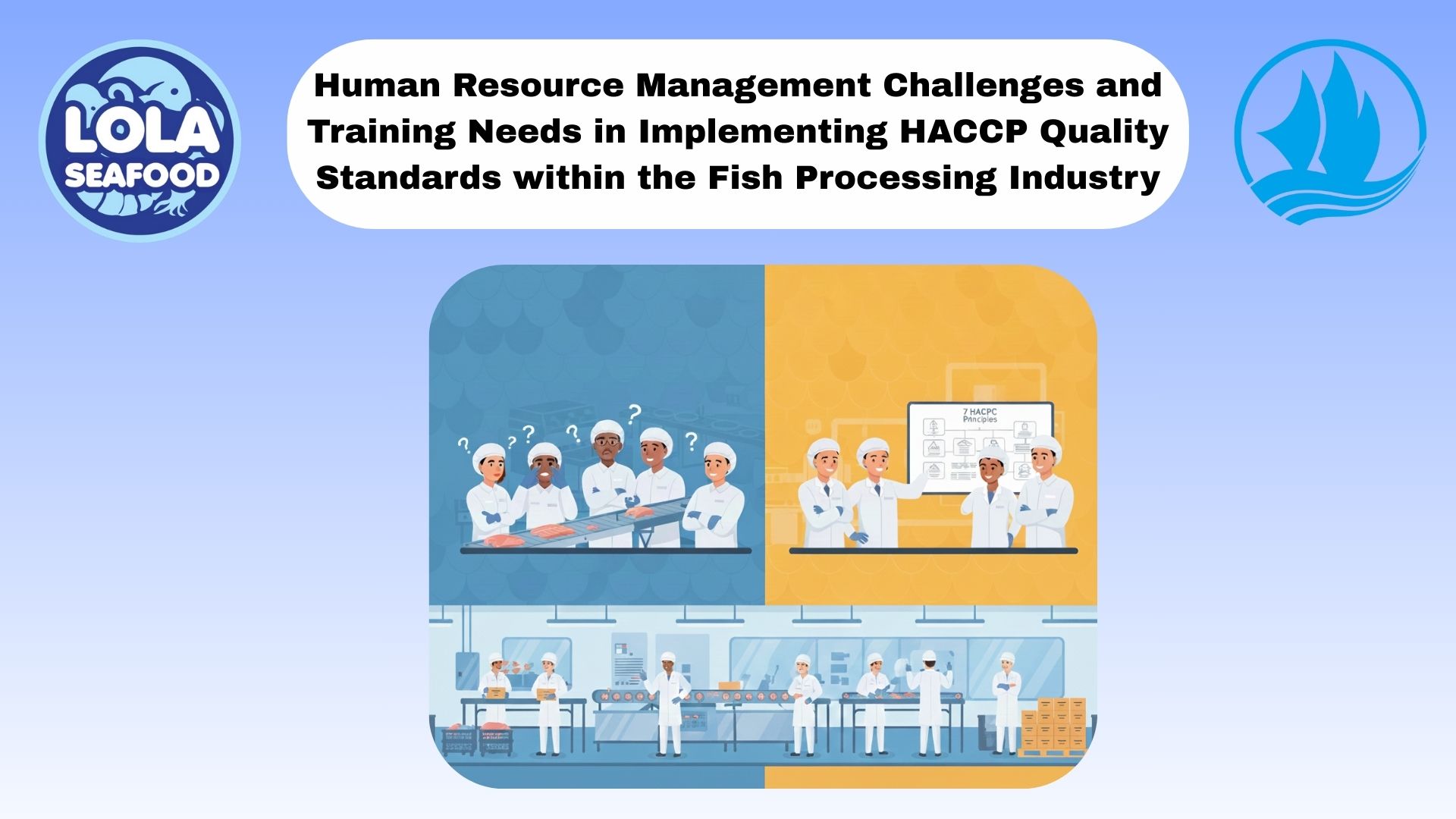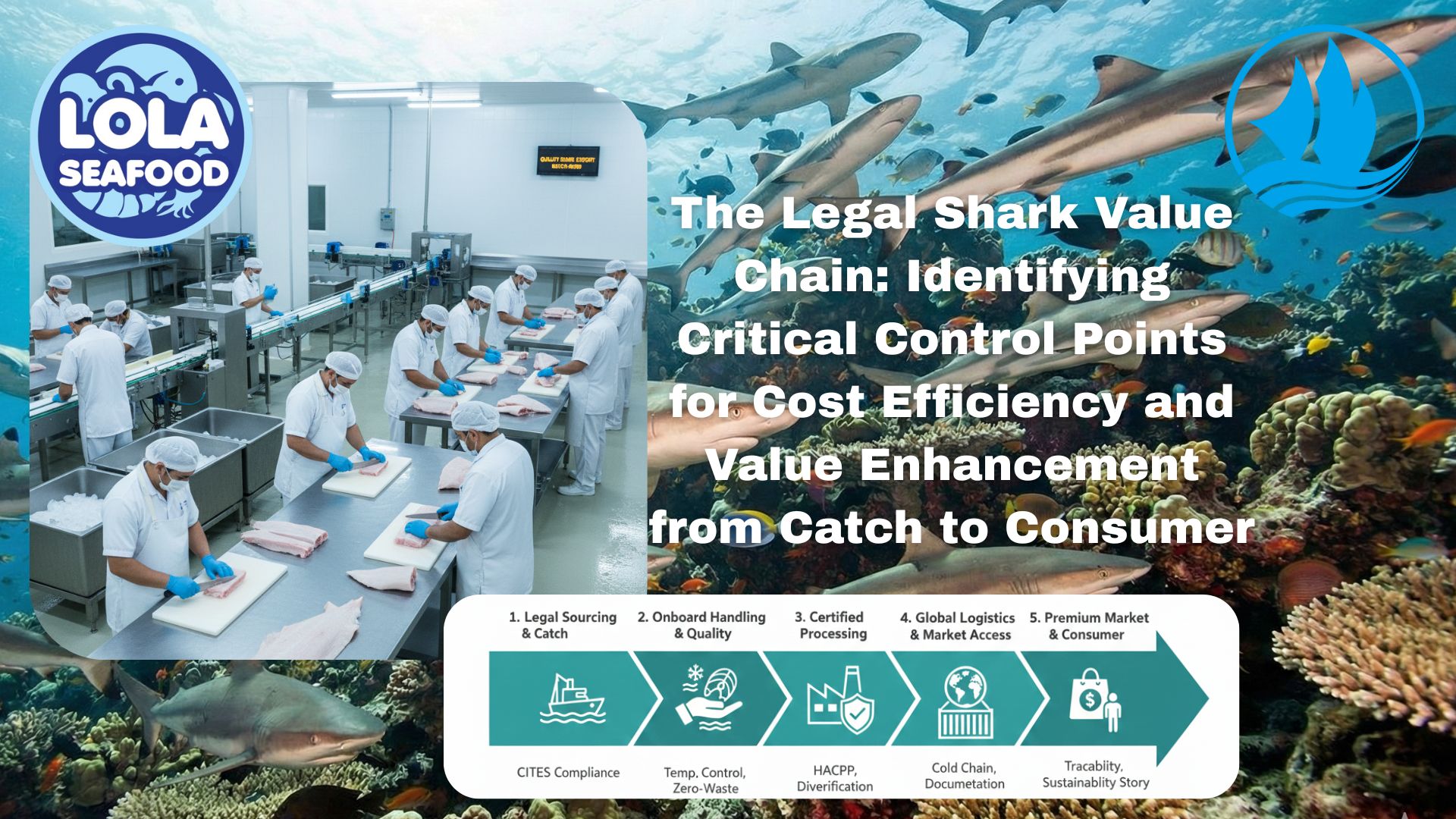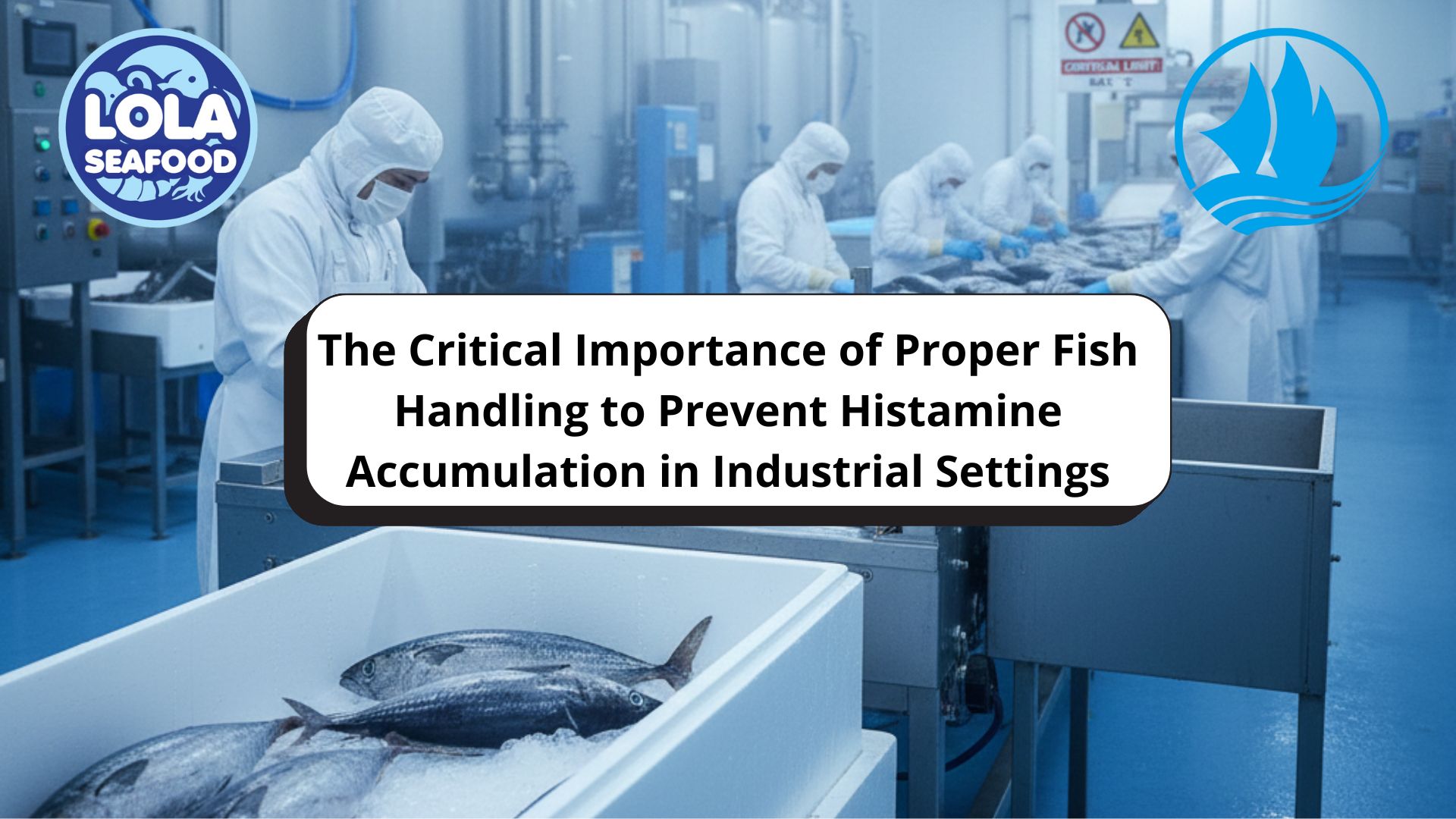These Are the Causes of Histamine Poisoning from Bonito Fish
By. Ely Kusniawati - 18 Feb 2025
Kelolalaut.com Histamine poisoning, also known as scombroid poisoning, is a foodborne illness caused by consuming fish with high levels of histamine. Bonito fish, a member of the Scombridae family, is one of the species prone to histamine buildup if not properly handled. This condition occurs due to bacterial activity that converts histidine, a naturally occurring amino acid in fish, into histamine. When ingested in large amounts, histamine can cause allergic-like symptoms. Below are the primary causes of histamine poisoning in bonito fish.
1. Improper Storage and Temperature Abuse
One of the main causes of histamine poisoning is the failure to store bonito fish at the correct temperature. Fresh fish should be kept at or below 4°C (39°F) to prevent bacterial growth. If bonito fish is stored at higher temperatures, even for a few hours, bacteria such as Morganella morganii, Klebsiella pneumoniae, and Proteus spp. can proliferate. These bacteria contain enzymes that convert histidine into histamine. Once formed, histamine is heat-stable and cannot be destroyed by cooking, freezing, or other food processing methods.
2. Delayed Processing After Catch
Once bonito fish are caught, they must be immediately chilled or frozen. Any delay in refrigeration allows bacteria to multiply and produce histamine. The longer the fish remain at ambient temperatures before processing, the greater the risk of histamine formation. Inadequate icing, slow transportation to refrigeration facilities, and poor handling at fishing sites are common reasons for high histamine levels in bonito fish.
3. Bacterial Contamination
The presence of histamine-producing bacteria plays a crucial role in scombroid poisoning. Contamination can occur due to unsanitary conditions during fishing, processing, or packaging. Poor hygiene, unclean equipment, and cross-contamination from infected surfaces can introduce bacteria to the fish, increasing the risk of histamine production.
4. Extended Shelf Life Without Proper Preservation
Bonito fish that are not consumed or processed quickly can develop high histamine levels if they are stored improperly over time. Even under refrigeration, low levels of bacterial activity can still occur, leading to gradual histamine formation. If fish are kept for extended periods without freezing or consuming them within safe timeframes, they may become unsafe.
5. Inadequate Quality Control and Testing
Food safety regulations require monitoring of histamine levels in fish, but gaps in quality control can lead to contaminated bonito fish reaching consumers. Some suppliers or markets may not regularly test for histamine, especially in regions with lax regulations. Without proper testing, fish with dangerously high histamine levels may be sold and consumed.
6. Consumption of Aged or Spoiled Fish
Histamine poisoning can also result from consuming bonito fish that appear normal but have already undergone histamine buildup. Unlike other foodborne illnesses, scombroid poisoning does not always give fish a spoiled smell or taste, making it difficult for consumers to detect. Eating bonito fish that is past its prime increases the likelihood of histamine exposure.
Histamine poisoning from bonito fish is primarily caused by improper handling, bacterial contamination, and inadequate refrigeration. Since histamine cannot be destroyed by cooking, prevention is the best approach. Proper storage, rapid chilling after catch, and routine testing can help reduce the risk. By understanding these causes, consumers and fish handlers can take necessary precautions to ensure the safety of bonito fish.
If you are interested in our bonito whole round, bonito fillet portion cut and bonito fillet loin please do not hesitate to contact us through email and/or whatsapp

Human Resource Management Challenges and Training Needs in Implementing HACCP Quality Standards within the Fish Processing Industry

The Legal Shark Value Chain: Identifying Critical Control Points for Cost Efficiency and Value Enhancement from Catch to Consumer

Global Trust Across Three Segments: How the HACCP System Ensures Premium Quality for Demersal, Pelagic Fish, and Legal Shark Product Utilization
.jpg)


 in Meeting Global Protein Demand Sustainably.jpg)

